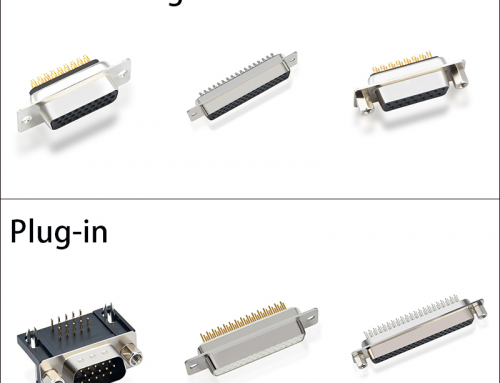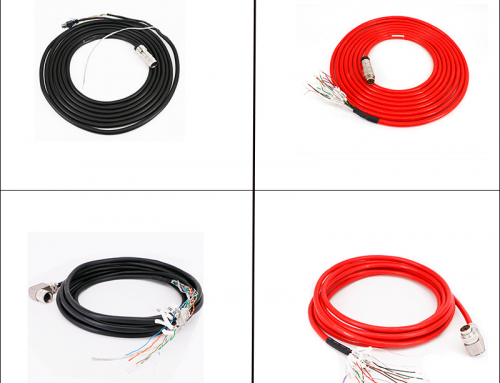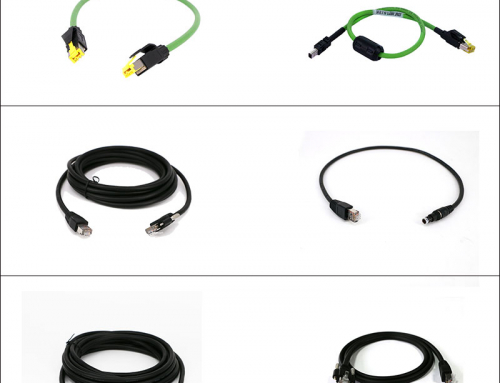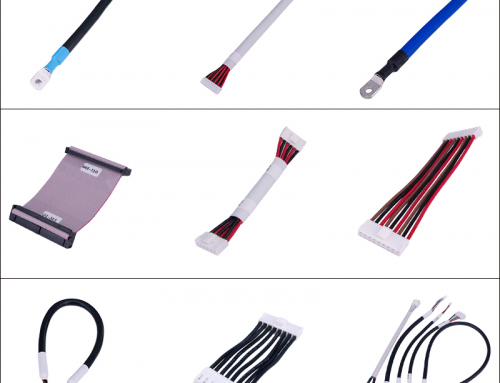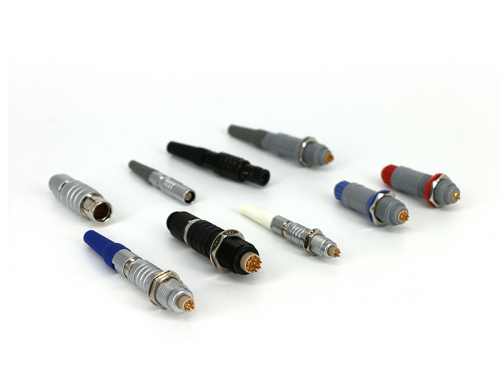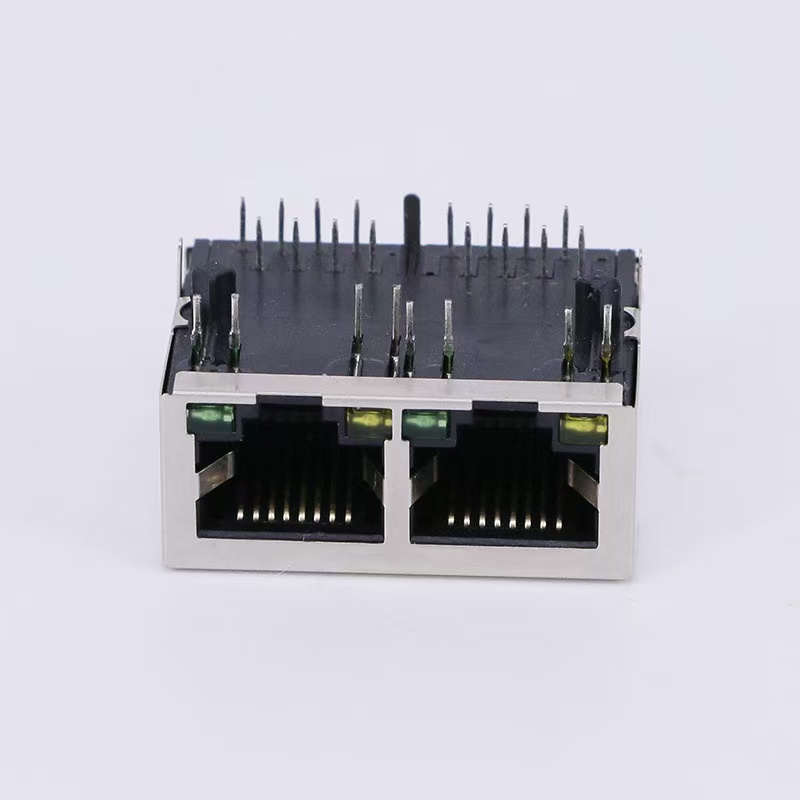



1. Function:
• Network connection: RJ45 connector is the key connector of information socket in Ethernet network cabling system, mainly used to establish wired network connection. It connects the devices (such as computers, routers, switches, etc.) at both ends of Ethernet cable, enabling these devices to carry out network communication activities such as data transmission, file sharing, Internet access, etc. in the local area network (LAN). For example, multiple computers in the office are connected to the same switch through RJ45 connector and network cable, realizing the interconnection of internal network.
• Support multiple communication services: In addition to being widely used in Ethernet network, RJ45 connector can also be used for other forms of data communication, such as in some telephone systems (but its application in telephone systems is not as common as in networks). And in emerging network technologies, such as VoIP (Voice over Internet Protocol, Internet phone) service, RJ45 connector also plays an important role and can transmit voice signals.
• Support PoE technology: RJ45 connector is an important part of Power over Ethernet (PoE) technology. PoE technology can provide DC power to devices while transmitting data through Ethernet cables. For example, it can power IP cameras, wireless access points, VoIP phones and other devices. This not only reduces the complexity of wiring, but also improves the deployment flexibility of devices.
2. Features:
• Standardized interface: RJ45 connector is a standardized network interface with strict standard definitions for size, number of pins and arrangement. This makes RJ45 connectors produced by different manufacturers and network devices have good compatibility, and users can easily use devices of different brands for networking.
• 8 pins for high-speed transmission: RJ45 connectors have 8 metal contacts (pins), which are arranged in a specific line sequence and can support high-speed data transmission. Different network cable categories (such as Cat5, Cat5e, Cat6, Cat6a, etc.) with RJ45 connectors can achieve different data transmission rates to meet the needs of various network applications.
• Strong and reliable connection: RJ45 connectors usually have a good mechanical structure design, and the connection between the plug and the socket is firm. For example, the locking spring on the plug can ensure that the plug is not easy to loosen or fall off after being inserted into the socket, ensuring the stability of data transmission. In some industrial-grade RJ45 connectors, more robust locking methods such as threads, snaps, and buckles are also used to adapt to harsh working environments.
• Have certain protective performance: Ordinary RJ45 connectors can prevent the influence of external environmental factors such as dust and moisture on the connection to a certain extent. Some specially designed RJ45 connectors, such as industrial-grade shielded RJ45 connectors, have a shielding layer covering the outer periphery of the plug, which can effectively reduce the influence of electromagnetic interference on data transmission, and have better waterproof, dustproof, and vibration resistance, suitable for harsh environments such as industry and outdoor.
• Easy to install and maintain: The installation process of the RJ45 connector is relatively simple. You only need to insert one end of the network cable into the plug according to the standard wire sequence, and then use tools such as crimping pliers to fix the plug and the network cable. In terms of maintenance, if the network fails, you can easily troubleshoot and solve the problem by replacing the RJ45 connector or network cable.


